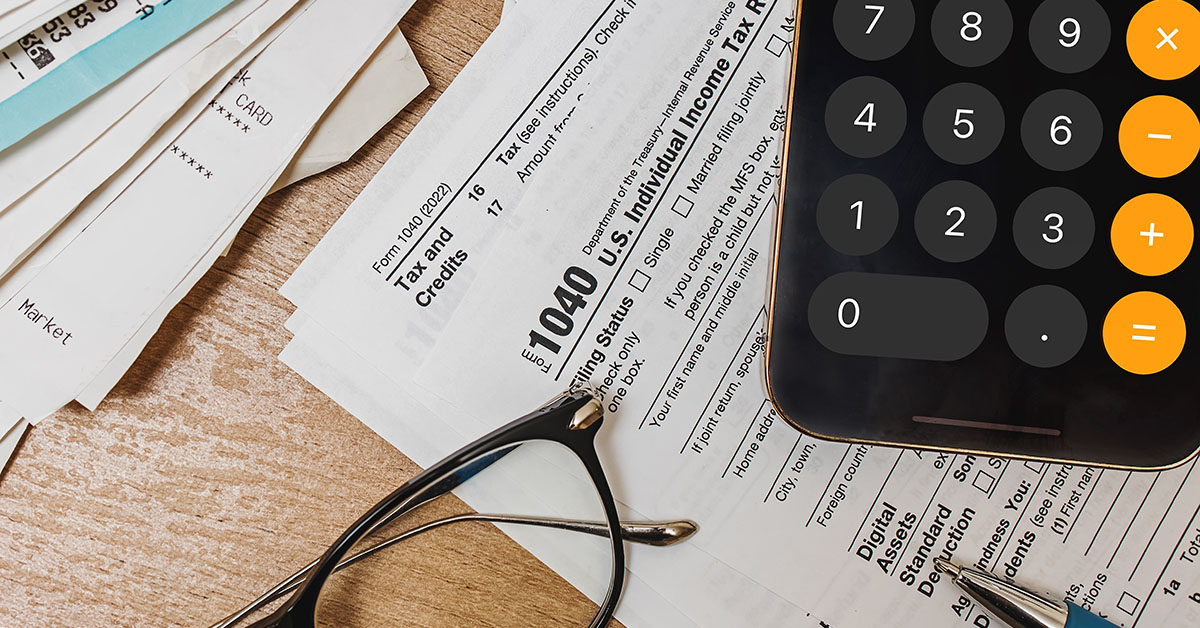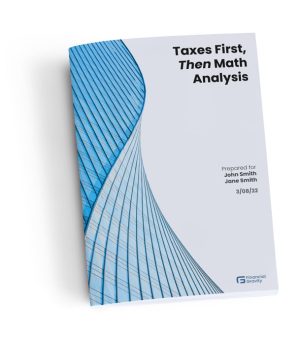Certainty is the one thing most prized among most investors. Certainty calms negative emotions and overcomes fears. Certainty offers safety and security, the lowest level on Abraham Maslow’s hierarchy of psychological needs, just above our physiological needs for food, water, warmth, and rest. Once we’ve secured our safety, we can move up the hierarchy to love, belonging, esteem, and, ultimately, self-actualization.
Unfortunately, the certainty of meaningful returns is simply unavailable. Many people trade the potential for real returns for certainty, investing in things like U.S. Treasury bonds or FDIC-guaranteed certificates of deposit. As a general rule, both of those investments will provide very little, and sometimes negative, real growth after inflation.
The opposite of certainty is risk. Risk in life means exposure to danger or harm. In investing, it means exposure to loss. Stanford University defines risk as “the possibility that the occurrence of an event will adversely affect the achievement of an organization’s objectives.” Investopedia defines risk as “the chance that an outcome or investment’s actual gains will differ from an expected outcome or return.” In investing, there are many types of risks.
Looking at data going back almost 100 years, the S&P 500 index has experienced a loss almost exactly one out of every three years. Despite that, however, the index has provided a 1,205,048% return over that period, which works out to an average annual return of 10.13%. Yes, those numbers are right: an average 10% return per year for 100 years will produce over one million percent growth. Compounding is a wonderful thing.
Inflation is one of the risks of investing. The after-inflation average annual return of the S&P 500 since 1926 was 6.96%. A dollar invested in the index at the beginning of 1926 would have grown to over $1 million today, but it would only have the purchasing power of about 70,000 1926 dollars.
Another way to define risk is things beyond our control. We have zero control over the direction or volatility of the stock markets, let alone what the real return may be. The S&P 500 may be said to have an expected return of about 10% per year over the long term, but since 1930, only three years produced a return between 9% and 11%.
The list of things beyond our control is virtually limitless, and that’s just in the world of investing: inflation, interest rates, tax and government regulations, the economy, global events, natural disasters—the list goes on and on. All of those things are risks for investors, and there are times when many of them can reach problematic levels simultaneously.
The list of things investors can control is a short one, but a wise investor will carefully manage all of them:
- Costs of products, advice, and servicing. Managing your financial affairs is not something to “set and forget.” Yes, getting the structure of your portfolio allocations is critically important, but so is the job of keeping things in balance, responding to life and external events, rebalancing, harvesting losses, managing income, and monitoring performance. These things take time and expertise, and those things cost money. There are costs for asset managers, insurance products, transactions, servicing, wire transfers, and so on. However, you should keep in mind that all of these things can (and should) add value—they should make you money over and above what they cost.
- Tax efficiency. As you might imagine, this one is near and dear to us. It can be very frustrating when tax strategies are overlooked or not properly managed, leading to unnecessary overpayment of tax. Managing to net returns is crucial; after all, it’s what you keep that matters, not what you earn. Fundamentals of sound tax efficiency include asset location, low turnover, and loss harvesting. It’s also important to ensure that income from the portfolio is derived in the most tax-efficient way possible.
- Diversification. Diversification is, essentially, risk control by blending different types of investments to reduce the overall potential for losses. Diversification can be achieved by industry, asset class, geographic regions, and cap ranges (large, mid, small, etc.). Asset classes can run the gamut from private equity to junk bonds. But there are many other risks that can, and should, be controlled. These are things like the risk of dying too young, or needing long-term healthcare, or even living too long. The list of risks in life is too long to cover here, and every family has its own, unique risks. The important thing is to carefully consider how to reduce and even eliminate them.
- Risk exposure. This is obviously related to diversification, but it’s also the main cause of investor failure. Here’s an example: let’s say there is another event like the Bear market of 2007-08, which saw the S&P 500 down by over 50%. How would you respond if your portfolio fell from $1 million to under $500,000 in less than one year? Would you sell your stocks? Or would you see it as a buying opportunity? This is a game worth playing, because your retirement security will depend on your portfolio growing, and the buy-high-sell-low cycle can be lethal to your financial security. Almost all families need to take risks, but if they can’t be tolerated, bad things are likely to happen.
At the beginning of this article, we asserted that certainty of real gains is almost never on offer; there is always the risk of loss if you want growth. However, certainty is available for the four controllables we’ve just reviewed. Our suggestion is a simple one: if you can control it, you should, and not just for the emotional benefits. Taken together, these controllables can produce a net gain of 3% or more per year in additional net return.
Although there is some controversy over who exactly penned the Serenity Prayer. Reinhold Niebuhr (1892 – 1971), theologian and ethicist, is generally given credit. But whoever actually originally wrote it, it has enjoyed wide distribution over the years, from Hallmark Cards to lyrics by Neil Young. And it may contain invaluable wisdom for investors:
God, grant me the serenity to accept the things I cannot change,
The courage to change the things I can,
And the wisdom to know the difference.
None of us can change, control, or even predict the economy, the markets, or the world around us, but any of us can exert real control over costs, taxes, and risk exposures. There is real wisdom, and the real potential for lasting success, in knowing the difference.









